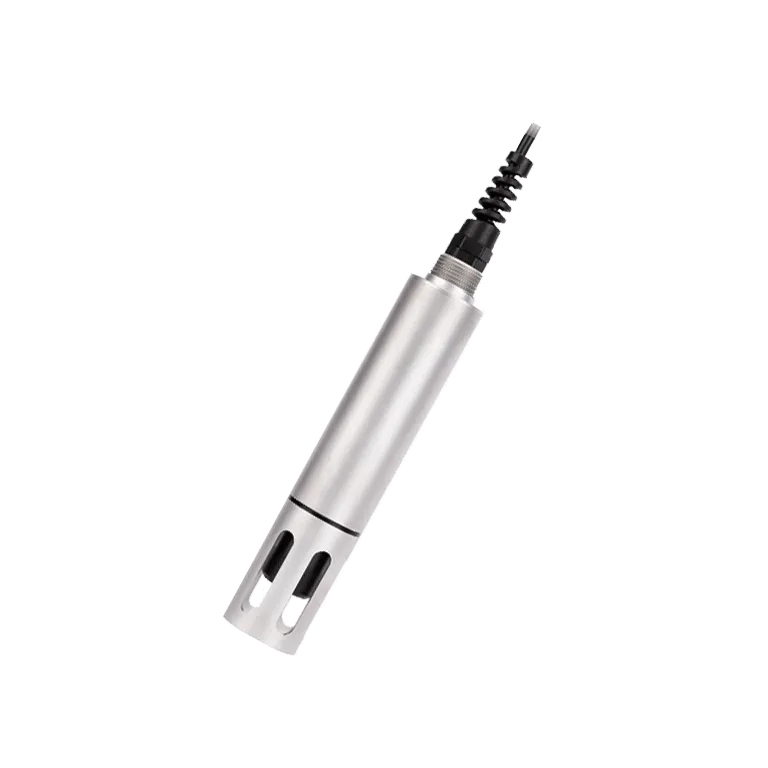Managing modern water treatment facilities requires precise control over numerous parameters. Accurate assessment of Chemical Oxygen Demand and Dissolved Oxygen levels is essential for understanding organic pollution and aquatic health in real time. As the Water quality sensor market expands, operators need tools that offer continuous, reliable data. An advanced in-line DO analyzer system, utilizing fluorescence-based technology, provides the stability and accuracy necessary for applications ranging from industrial wastewater treatment to municipal drinking water systems, ensuring process efficiency and regulatory compliance.
Table of contents:
Durability and IP68 Housing Benefits in Water DO Sensor Deployment
Salinity and Pressure Compensation Features in DO Sensor Applications
Evaluating Response Time and Accuracy in Sensor de ph and DO Sensor Devices
Durability and IP68 Housing Benefits in Water DO Sensor Deployment
Deploying sensors in demanding environments like industrial wastewater channels or municipal sewage plants demands durability rather than luxury. The physical integrity of the sensor directly impacts data reliability and operational costs, which is why leading DO sensor suppliers emphasize robust construction. A sensor encased in stainless steel with an IP68 rating is designed to withstand continuous submersion and resist the corrosive elements often present in these applications. This level of protection ensures the sensitive internal electronics remain safe from moisture and particulate ingress, resulting in fewer sensor failures and greater confidence in the collected data. The practical design extends to installation, with features like a standard 3/4 NPT threaded interface allowing for secure mounting in pipelines. Following best practices, such as placing the sensor at least 1.5 meters downstream from turbulence, coupled with its inherent toughness, guarantees stable performance, a key consideration for anyone navigating the Water quality sensor market.

Salinity and Pressure Compensation Features in DO Sensor Applications
Accurate dissolved oxygen measurements depend on adapting to variable environmental conditions. Oxygen solubility in water is influenced by temperature, salinity, and pressure, and a sensor that ignores these factors will produce flawed data. Modern digital DO sensors address this with integrated compensation features. A built-in temperature sensor allows for automatic adjustments, a fundamental requirement. However, for applications in estuaries or industrial facilities where salinity levels fluctuate, manual or automatic salinity compensation is critical. Similarly, pressure compensation ensures readings are correct whether in an open tank or a pressurized pipeline. This comprehensive approach to data correction is what sets high-performance systems apart in the Water quality sensor market. By providing clean, compensated data via an RS-485 Modbus RTU signal, the sensor delivers trustworthy information directly to a master controller, empowering operators to maintain precise control over aeration processes. Many DO sensor suppliers recognize this as a key differentiator.
Evaluating Response Time and Accuracy in Sensor de ph and DO Sensor Devices
Effective water quality management prioritizes sensor speed and precision. Whether monitoring dissolved oxygen or using a sensor de ph, detecting changes quickly can prevent significant operational issues. A DO sensor with a response time of under 60 seconds provides near-real-time feedback, enabling automated control systems to adjust aeration levels promptly. However, speed is useless without precision. An accuracy of ±0.3 mg/L and a fine resolution of 0.01 mg/L ensure measurements are reliable for process optimization, a quality buyers seek from top DO sensor suppliers. The underlying fluorescence quenching technology contributes to this stability, exhibiting minimal drift and reducing the need for frequent recalibration. Maintenance is straightforward, typically involving routine cleaning and a simple annual replacement of the fluorescence membrane cap to restore peak performance. This combination of speed, accuracy, and low maintenance makes it a valuable asset for any monitoring strategy within the expanding Water quality sensor market.
Selecting the right sensor is about ensuring data integrity and operational reliability in challenging conditions. A robust, fluorescence-based DO sensor system provides the durability, intelligent compensation, and accuracy needed for effective water management across diverse industries. Its design, from the IP68 housing to its advanced measurement technology, reflects a deep understanding of real-world operational demands. As organizations continue to invest in monitoring infrastructure, partnering with experienced DO sensor suppliers becomes essential for securing technology that is both effective and built to last.
